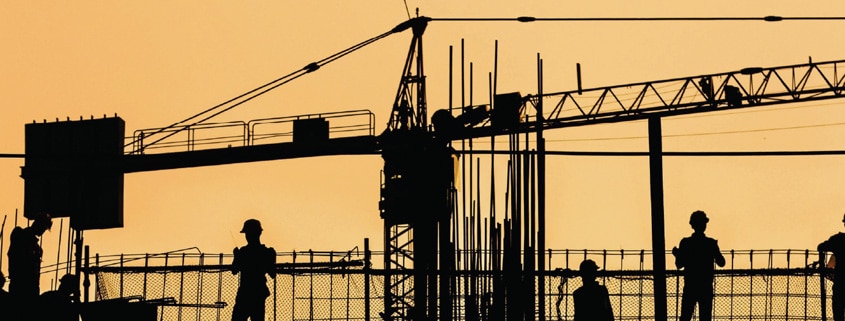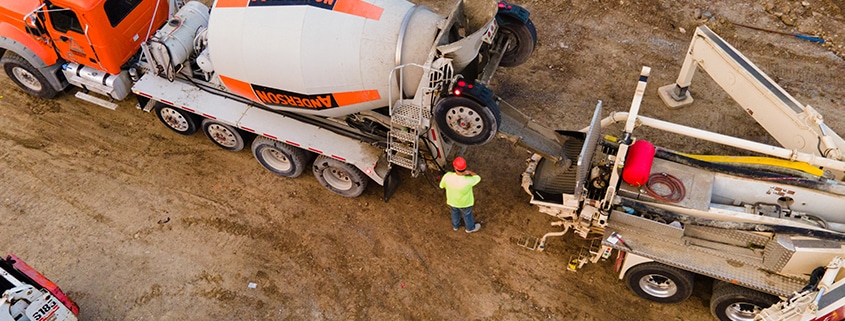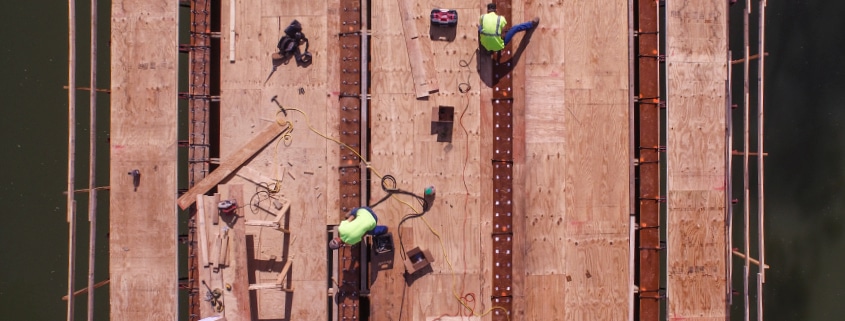Over the past few years, inflation has increased the price of everyday essentials and almost everything used in the bridge and building sectors. The skyrocketing prices shocked many manufacturers, resulting in cold feet and desperate attempts to resuscitate deals.
This can be particularly challenging for bridge fabrication companies, as raw materials and labor costs can account for a significant portion of their expenses. However, there are strategies that a bridge fabricator can implement to fight against inflation and maintain its competitive edge.
What’s Fueling Inflation?
Inflation can significantly impact bridge construction and operations as the cost of steel, labor, and other inputs increase. However, other economic factors can drive prices up considerably.
Construction companies need to learn how to navigate the current economic climate. Understanding the underlying causes of inflation and developing strategies to mitigate its impact on a business is essential. Some of these factors include:
- COVID-19-related shortages: The pandemic reduced global manufacturing and has kept workers away in numerous countries. This lowers production and leads to fewer items, higher demand, and higher prices.
- Higher fuel costs: Like everything else, fuel costs are also increasing, leading to gas-powered operations costing much more to run efficiently.
- Increased demand: Due to decades of underinvestment in infrastructure, new bridges, roads, and renovations are undoubtedly needed. The current infrastructure bill will finance this effort, and financing will compete for building resources, raising costs.
Overcoming Inflation
Despite support from the government, many construction firms are low on funds, leaving them with less support to fight against inflation and compete for supplies and equipment. However, there are plenty of ways a bridge fabricator can still compete in this troublesome market while remaining profitable and complying with contracts.
Create New Rules
Many construction firms abide by the same rules when inflation is high. This shouldn’t be the case. Instead, with higher inflation, construction companies need to create new regulations and procedures.
For example, companies can rethink inventory management when ordering supplies to save money and storage space. Also, before signing any contracts, firms need to evaluate whether or not it makes sense to purchase supplies immediately or to wait, as the costs may fluctuate in the future.
Eliminate Undercutting
Competitiveness within the bridge industry is real; sometimes companies offer lower prices than their competitors. However, doing so may not be wise in times of rising prices. This is because undercutting can cause a significant loss of profit and can ultimately put a firm out of business.
Keep Contracts Up to Date
When discussing contracts with a legal team, consider the possibility of including price provisions to combat inflation. This will keep customers accountable for any potential budget overruns that might arise throughout construction.
Treat Employees Right
Firms that take the initiative to transform their companies into attractive workplaces will benefit from not having to replace their workforce as much. Consider providing employees with innovative and relevant perks that won’t break the bank.
Also, ensuring a safe working environment will quell any concerns. By taking these steps, companies won’t have to replace employees and won’t have to spend money training new ones.
What’s Next for the Industry?
The past has made it clear that this is just a moment that’ll likely pass, and the market and supply chain will stabilize and rebound to what it was before the pandemic. However, challenges will remain, and there will still be a variety of difficulties to face.
So, it will be up to project owners and contractors to identify cost-saving alternatives that bridge the gap between bid prices and material costs. By implementing these measures, bridge builders can maintain profitability and stay ahead of the competition in a challenging economic environment.




